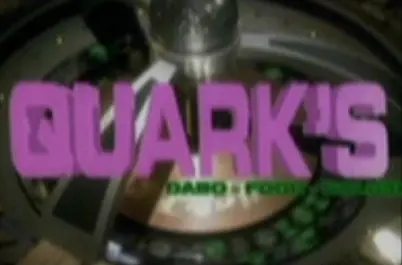At this point, I’d wonder if some of the older Microsoft Surfaces might be suitable for this purpose. Especially if it’s just displaying photos, you probably wouldn’t even need the Linux-Surface kernel for a lot of things and could just run mainline, avoiding a lot of misery. For instance, a 1st gen Surface Go from 2018 seems to run for ~$70 on eBay these days; I own one and used to daily-drive it on both Windows and Linux, and although there were some annoyances, the display is decent.
Though honestly, I wonder if you particularly need a Linux tablet at all. There are dedicated digital frame devices out there for displaying photos; a lot of them can just display off a USB drive or SD card in the ballpark of 50 bucks it looks like. I’d probably recommend not getting one that supports Wi-Fi, as I think it’s probably a stupid idea to assume some random cheap device you bought online has correctly-implemented network security.





Oh yeh. I heard that, just forgot. Thanks for reminding me.